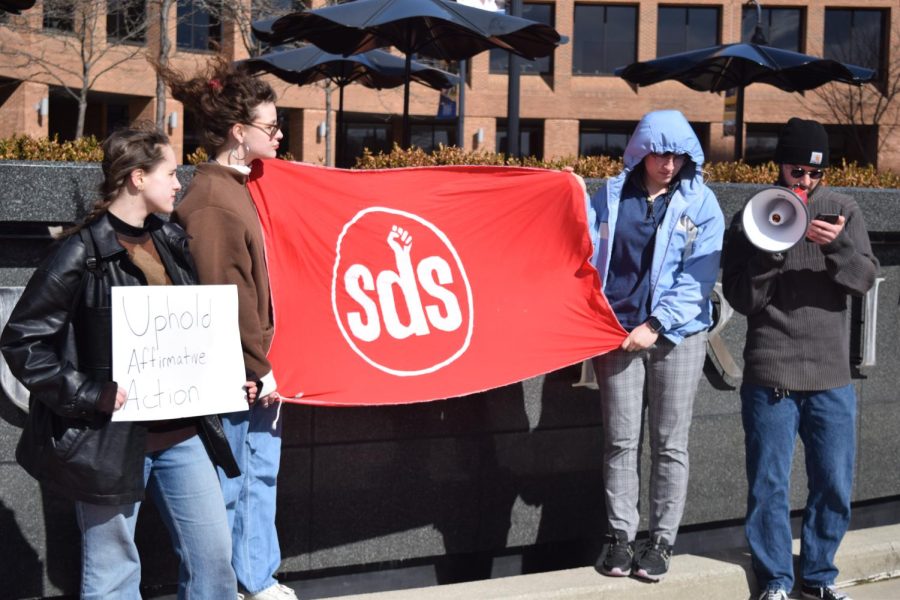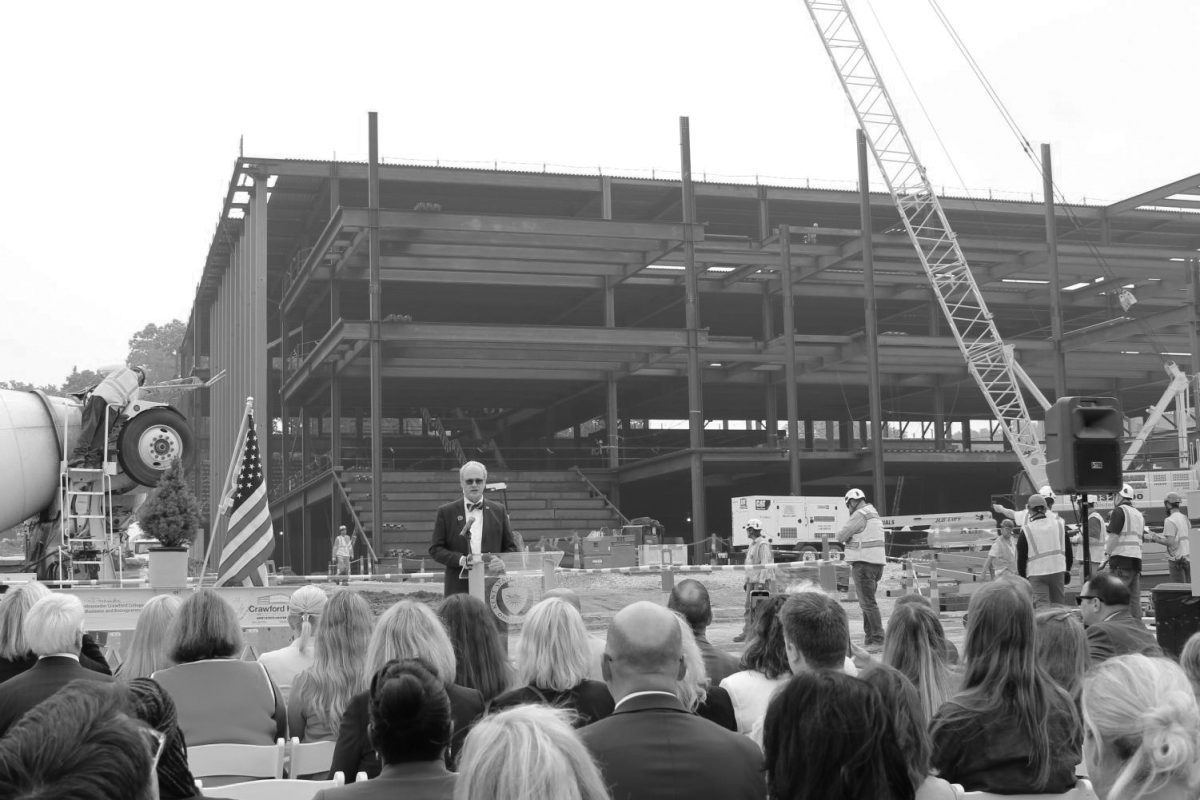With every new decision of the Supreme Court, the idea of the institution not being impartial, along with it going against the voice of the people, is cemented deeper and deeper.
It was apparent enough that this system is flawed in its nature when congressional Republicans blocked Merrick Garland’s appointment to the Court, only for them to double back and rush Amy Coney Barrett through the appointment process.
But that is only the beginning.
For the sake of the prosperity of the United States as we know it and the liberty and well-being of all its citizens, it is clear reform in the Judicial Branch of the government is critical.
The top twelve universities in the United States (Harvard, Princeton, Yale, Columbia, Brown, Cornell, Dartmouth, UPenn, Stanford, MIT, Duke and UChicago,) also known as the “Ivy-Plus Colleges” were studied by Harvard researchers Raj Chetty and David Deming, along with John Friedman of Brown University, surrounding their admissions processes and how the processes may be skewed towards applicants who come from wealthy backgrounds. The latter idea was precisely what the researchers found.
These twelve universities, despite admitting less than half a percent of Americans, have produced more than 10% of Fortune 500 CEOs, a quarter of all US Senators, half of all Rhodes Scholars and 75% of all Supreme Court Justices appointed within the last 50 years.
These findings show the true nature of the decision of the Supreme Court with the dismantling of Affirmative Action, which is to restore white supremacy within the educational system and to once again cast aside people of color who are systemically disadvantaged.
This is no accident.
On June 29, the Supreme Court decided, 6-3, to overturn decades of precedent surrounding Affirmative Action, a program that aided underrepresented groups in college admissions. Prior to the reversal, Affirmative Action was used to assist marginalized groups such as Black Americans in the admission process for higher education.
By the current Supreme Court’s decision, it was ruled that it is “unconstitutional” to consider race as a factor for admission, which will make universities throughout the country significantly more white and tragically less diverse.
The majority opinion was delivered by Chief Justice John Roberts who stated, “Many universities have for too long…concluded, wrongly, that the touchstone of an individual’s identity is not challenges bested, skills built or lessons learned but the color of their skin,” he wrote.
“Our constitutional history does not tolerate that choice.”
This is nothing more than a crude misrepresentation of the issue at hand, which is not that prospective students are decided solely on the basis of race, but that over the course of their education, Black students are drastically underrepresented and do not receive the same quality of education as their white counterparts.
To the naked eye, this issue appears to be far less complex than it truly is, with many people believing this was obviously the correct decision by the Supreme Court.
However, it dates back much farther than the beginning of Affirmative Action being used in the college admissions process in the 1970s. This issue starts with the underrepresentation of majority Black neighborhoods, in which nearly all facilities, especially schools, are incredibly underfunded, resulting in students in these areas receiving a poor education.
To fully understand the vastness and the tragedy of this decision, a deeper delve into the history of racism and white supremacy in the United States must be taken. Throughout history, communities that are majority Black and Hispanic have been severely underfunded and lack the resources that white neighborhoods have, especially resources for students.
Coming from a majority-white Chicago suburb as a white male, I have experienced the pinnacle of privilege in the United States, which I have far from taken for granted. The city I grew up in is home to one of the best public schools in the state, with a phenomenal music program that earned a Grammy in 2013 and a College and Career Resource Center that prepares students for post-graduation life whether that be higher education, the military or trade school.
My high school offered an extremely wide variety of classes in nearly every field imaginable, from industrial and automotive technology to family and consumer sciences to music to a student-teaching program.
While I was fortunate enough to attend a school that has received such incredible funding in order to offer a high-quality education, many schools not even ten minutes away from mine still lack the funding to give their students the same level of education, resulting in students having far fewer opportunities in the future.
Affirmative Action gave underprivileged students the opportunity to continue their education past high school despite their unfortunate circumstances, and with the decision of the Supreme Court to do away with it, these students will no longer have a fair shot at achieving their dreams.
Following this decision from the Supreme Court, which has been receiving record criticism in the wake of many decisions that do not follow the will of the people, such as the overturning of Roe v. Wade – a landmark decision in 2022 that discarded decades of precedent surrounding access to abortion in the United States, wealthy students continue to receive better opportunities.
Prospective higher education students who come from backgrounds of wealth have a much higher likelihood of being admitted into an institution compared to their less financially fortunate counterparts, even when they have the same level and quality of education.
While this takes into account the small fraction of legacy students, who already have a leg up in the admissions process due to, in most cases, substantial donations their families have made to the university in the past, this same principle applies to students who simply have a more financially fortunate history.
This strike down is yet another example of the vast flaws that are so deeply rooted in the judicial system in the United States and goes to show how distant the Supreme Court and the opinions of the Justices truly are from the will of the American people.
This is a system that is supposed to speak for the people, not for themselves.

















